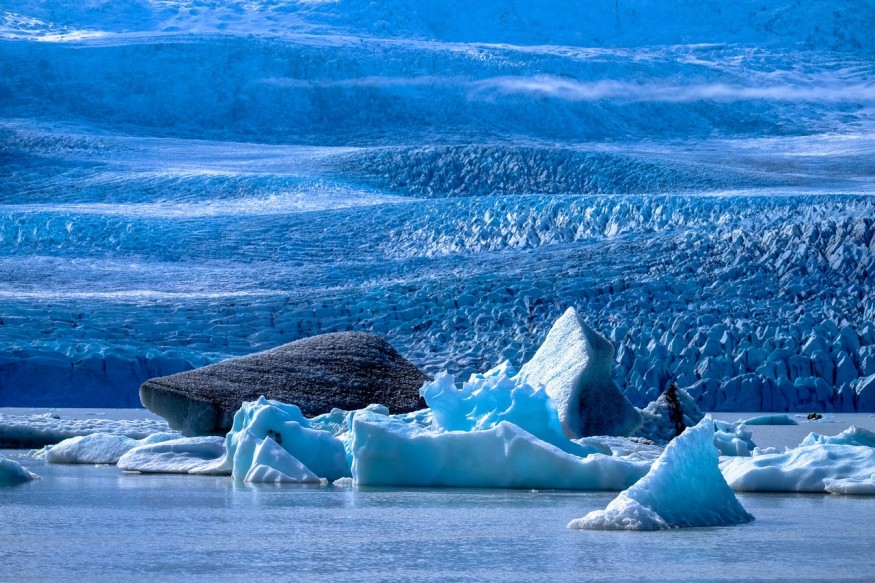The presence of iron in the oceanic bodies is essential to marine biodiversity and the ecosystem. However, the lack of iron in some of the largest water bodies on the planet could impact the algal growth rate.
In the eastern regions of Greenland, there have been records of high iron dissolution in the oceans. Moreover, the dissolved iron exceeded the expected rates due to melting ice caps in the Greenland ice sheet. This caused the northern hemisphere's algae count to reduce significantly.
Antarctica also experiences the same problem of increasing dissolved iron. The algae count throughout the bodies of water surrounding the Antarctic ice sheet was also reduced, and levels were induced by the massive melting and disassembly of large ice chunks. On the contrary, the algal population in the southern hemisphere is handling too much of the iron dissolved.
Role of Iron in Algal Population Between Greenland, Antarctic Ice Sheets

The Greenland and Antarctic ice sheets, although having a common threat, experience different effects. According to EurekAlert, the iron dissolving in the northern hemisphere is not required for algal growth. Meanwhile, in the southern hemisphere, the algae are responsible for keeping the iron solution.
Iron is a composition that is needed by almost all of the known living organisms. Iron also exists in underwater bodies, and although the oceans are abundant with iron, the chemical does not pose any threat due to its low concentration rates. Among the organisms that require iron to live are marine algae.
Algae are the powerhouse of marine biodiversity. It is the most crucial part of the food chain, and if an anomaly occurs involving the microorganisms, the totality of the whole marine life and its food chain will be disrupted. If the iron present in the oceanic bodies reduces, algae reproduction and function will experience a negative impact leading to the chaotic distortion on the marine food web.
NIOZ Royal Netherlands Institute for Sea Research marine biochemist expert Indah Ardiningsih has to lead a study to provide the different inflictions of the lack of iron to the marine life. The irons dissolving underwater can dictate the future of the marine food chain and the algal population through the organic ligands.
Organic Ligands in Northern, Southern Hemisphere Compared
Organic ligands are molecules that can bind with metals under aquatic conditions. Organic ligands are normally present in seawater and can bind with irons. Because of this process, iron oxidations take slower than usual or do not happen, leaving tiny bits of iron to accumulate on oceanic bodies and serve as food for the algae.
The East of Greenland is usually expected to gain a large production of dissolved iron. This is among the requirements that keep the microorganisms fueled in the hemisphere and result in an algae bloom. However, there was no surge of dissolved iron supply in the region observed. This is due to the weak ligands present in the bodies of water that can not hold and bind the sheer amount of iron.
The reason behind the sudden weakness of organic ligands in Greenland is expected to be studied soon. Regarding the situation in Antarctica, several organic ligand specimens have already been collected for future studies.
Read also: Seafood and Plastics: How Microplastic Pollution Acts as 'Trojan Horse' to Marine Life and Ecology
Check out more news and information on Biology in Science Times.
© 2026 ScienceTimes.com All rights reserved. Do not reproduce without permission. The window to the world of Science Times.










